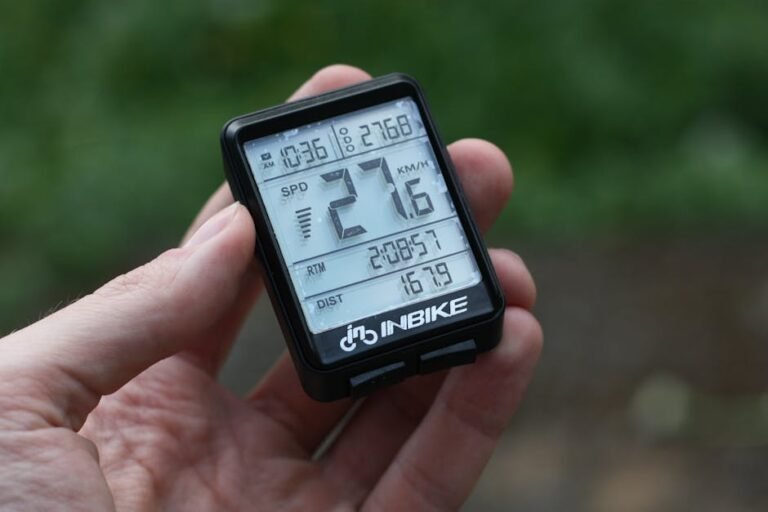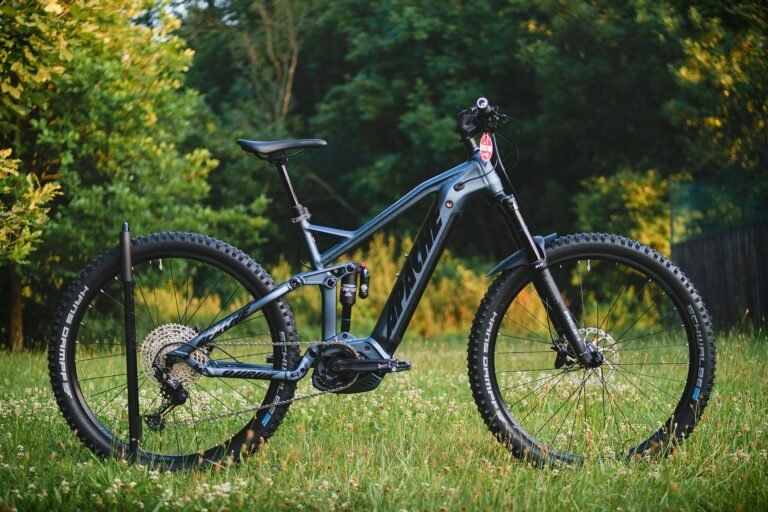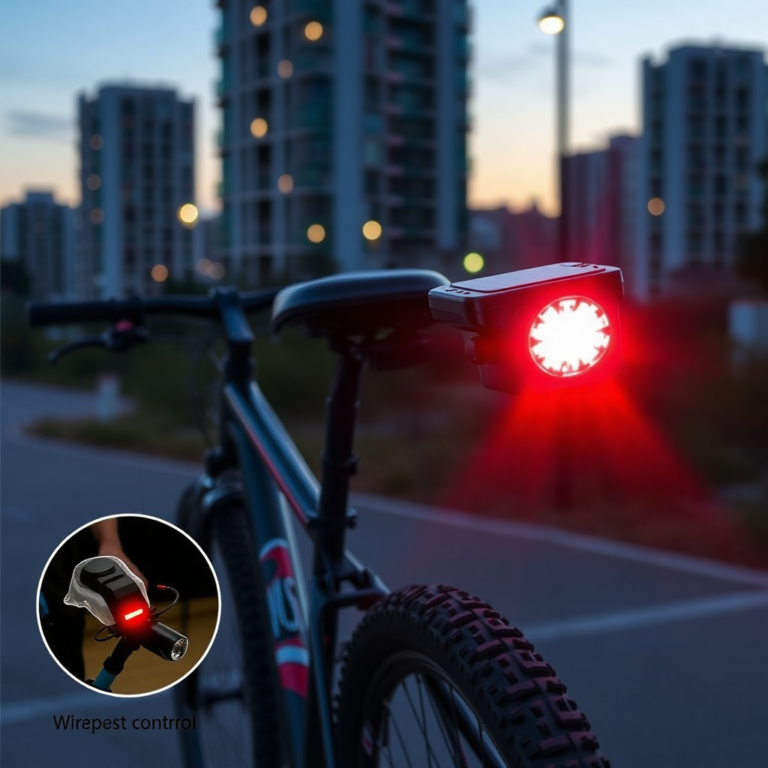Ultimate Guide to Winterizing Your Mountain Bike: Storage, Maintenance, and Protection (2024)
Winterizing Your Mountain Bike might seem like something to overlook. I know a dozen reasons why you shouldn’t. I learned about proper bike winterization the hard way.
According to a 2023 survey by the National Bicycle Dealers Association, bike shops see a 40% increase in repair services during early spring, primarily due to winter-related damage. Having spent years maintaining bikes, I’ll share the most critical steps to protect your investment during the cold season.
Pre-Winter Bike Assessment and Cleaning
A thorough cleaning before winter storage isn’t just about making it shine. Research suggest that proper pre-winter cleaning can significantly extend component life. Let’s focus on the most important cleaning steps that make the biggest difference.
The key to effective winter prep starts with a thorough cleaning.
For the drivetrain, which Shimano’s data shows can last up to three times longer with proper maintenance:
- Remove the chain and clean it using a chain-specific cleaner. If you find the master link and pop it off the reset should go easy. Use a screwdriver and a hammer.
- Clean the cassette and chainrings thoroughly.
- Apply a little WD-40 or any other silicone lubricate should work fine

For the frame and components:
- Using bike-specific cleaning solutions only is a myth. Feel free to use Simple Green, Dawn dish soap or alcohol
- I only use rubbing alcohol to clean parts/interfaces when I do rebuilds and service my suspension. Pay special attention to cable routing points.
- Ensure brake rotors are free of oil and contaminants
- Takes all of 5 minutes max.
I never use a pressure washer on my bikes. It can force water past the seals and cause internal damage. A garden hose with a shower head works perfectly.

Essential Winter Storage Preparation
The difference between good and bad winter storage often comes down to three factors: location, position, and protection. Let’s focus on what bike manufacturers have proven works. The ideal storage environment makes all the difference.
Temperature and Humidity:
- Store in a space between 40-70°F (4-21°C)
- Keep humidity below 60% to prevent corrosion
- Use a dehumidifier if needed in damp areas
Position and Pressure:
- Store your bike with tires at 50% normal riding pressure. They may loose pressure on their own if left idle.
- Keep weight off the tires using a stand or by hanging. I keep mine in the garage with no issues.
- If you’re hanging, use padded hooks to protect the frame.
- If possible, avoid storing directly on concrete floors.
Critical Components That Need Winter Protection
Certain bike parts are particularly vulnerable to winter damage. Let’s focus on protecting these crucial areas. Based on warranty claim data from major manufacturers, these are the components that need special attention:
Suspension Care:
- Cycle suspension monthly to distribute oil
- Clean and lightly lubricate stanchions. The stanchions are often referred to as legs because they look like the legs of a chair.
Electronics and Bearings:
- Remove batteries from electronic components
- Store batteries at around 40% charge

Winter Riding Preparation
For those brave enough to ride in winter, proper preparation goes a long way. Here’s what experienced winter riders prioritize. When riding in winter conditions, try to focus on these key areas:
Tire Setup:
- Reduce tire pressure by 2-3 PSI for better traction
- Consider switching to winter-specific tires
- Check tire condition frequently for cracks or sidewall damage
Protection Measures:
- Apply frame protection tape in high-spray areas
- Use fenders to reduce water and salt exposure
- Clean the bike after every winter ride
Maintenance Schedule:
- Clean and lubricate the chain after each ride
- Check brake performance before each ride
- Inspect frame and components weekly
Common Winter Storage Mistakes
Learning from the mistakes of others can save you a headache and repair costs. Here are the most critical errors to avoid. These mistakes account for most spring repair issues:
- Storing with wet components
- Leaving bikes on concrete floors
- Neglecting tire pressure
- Improper battery storage
- Failing to lubricate before storage
Spring Revival Process
Proper spring preparation ensures your bike is safe and ready to ride. Let’s cover the essential steps before your first spring ride:
Safety Checks:
- Inspect frame for any damage or corrosion. Signs of rusting.
- Check all bolts for proper torque. Check with a tool not just hands.
- Test brake function completely front and rear.
- Examine tires for dry rot or damage. Look for signs of splintering or crumbling.
Maintenance Tasks:
- Clean and lubricate the drivetrain
- Check suspension function
- Verify tire pressure
- Test all electronic components

Final Thoughts
Proper winter bike care doesn’t have to be complicated. Focus on these key points:
- Clean thoroughly before storage
- Store in a controlled environment
- Protect vulnerable components
- Check regularly if storing long-term
- Follow manufacturer guidelines
Remember, prevention is always cheaper than repairs. Take the time to winterize properly, and your bike will be ready for action when spring arrives.
For specific maintenance procedures or storage requirements, always consult your bike’s owner’s manual or a certified mechanic.
Engage, Endure and Enjoy! Happy riding!
Find More Resources on Bicycles
- Smart Bike Trainers: 2024 Best Picks with Features and Benefits
- Mountain Biking for Beginners: Essential Guide to Hit the Trails in 2024
- 3 Best Mountain Bikes of 2024: Complete Buyer’s Guide & Reviews
- How Do You Adjust Bike Brakes? A Step-by-Step Guide for 2024
- Essential Mountain Bike Gear: A Complete Guide for 2024







